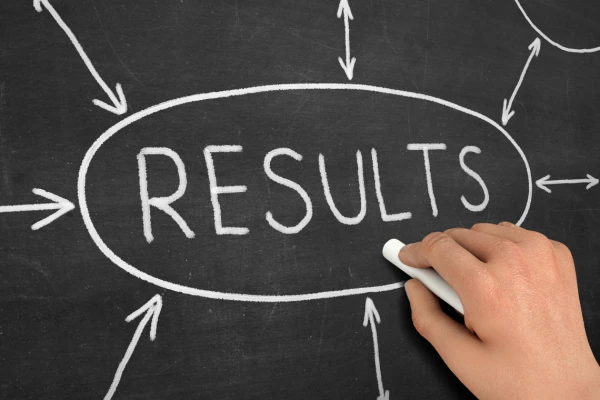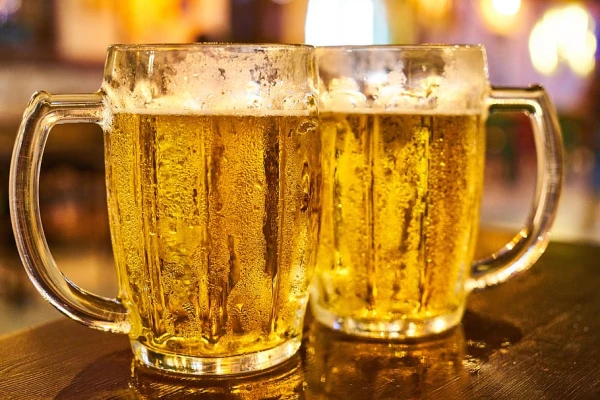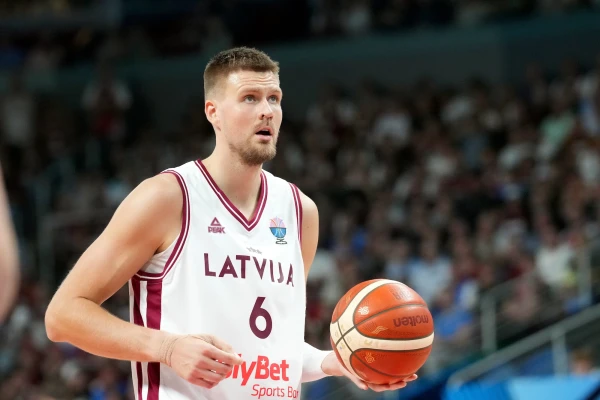
Have you ever wondered why Italians have been consuming strong, tar-like coffee in tiny portions, literally in thimblefuls, for centuries? Modern wellness enthusiasts have created a new trend based on this skill — microdosing coffee. It’s a simple way to gain energy in small portions at equal intervals.
The trick here is this: instead of a peak and a crushing energy crash after a large cup, there’s a steady attention curve without shaky hands and other unpleasant symptoms. This principle works due to the pharmacokinetics of caffeine: small doses maintain a stable concentration in the blood and disturb the nervous system and stomach less. Nutritionist Elina Koroleva explained how to drink the beverage in such a way that it brings the maximum possible benefits to the body.
What is Microdosing Coffee
This is a regimen where the total daily dose of caffeine is divided into small doses of 15–25 mg every 60–90 minutes during active hours. For reference: a shot of espresso (30 ml) contains about 60–80 mg of caffeine, while a cup of filter coffee (250 ml) has 100–150 mg. Microdosing is one-third to one-fifth of a regular serving at a time; this is the figure to aim for.
How to Drink It Right and Why It Works
Caffeine reaches its peak in 30–60 minutes and lasts in the body for 4–6 hours. "A large single dose gives a sharp rise and the same drop in energy and concentration ability, while small doses provide a gradual boost without the peaks. Plus, microdosing reduces the risk of heartburn and tremors, helping those who are sensitive to caffeine but do not want to give up the ritual. It’s important to remember about sleep: the last dose should be taken 8 hours before bedtime, otherwise, it will disrupt falling asleep and the deep sleep phase," the expert explains.
Consider a Convenient Format for Mini-Doses
There are several working schemes; you can try them all to choose the option that suits you best.
Split Espresso. Brew an espresso and divide it into 3–4 sips, keeping it in a small thermos, taking a sip every hour (set a reminder on your phone, and do a simple stretch at the same time, which will be even more beneficial).
Filter Coffee 1:1 with Water. Brew 200–250 ml, dilute it with an equal amount of boiling water, resulting in two "sessions" of 100–125 ml each. The taste may not be strong enough for fans of a robust drink.
Cold Concentrate. Make cold brew, store it in a bottle, pour 30–40 ml, and dilute with water. An obvious downside is that this option is not very good for cool autumn and winter days when the soul and body clearly ask to raise the temperature.
Coffee in Frozen Cubes. Freeze coffee in molds and add one cube to water or milk — it’s convenient to measure the dose. The same idea works well for summer and heat, but it’s not a great option in autumn.
Remember, sweet syrups and fatty creams negate the benefits — glucose spikes will cause the same fatigue. It’s better to drink the beverage unsweetened or with a drop of milk (plant-based or regular).
Drink with Food and Don’t Mix with Iron and Vitamins
Microdoses also irritate an empty stomach. The ideal scenario is to take a sip of coffee 10–15 minutes after eating or with a snack that includes protein and fiber. "A separate point — iron and minerals: coffee binds iron and can reduce its absorption, while water-soluble B vitamins and vitamin C are eliminated faster with excess caffeine. The safe interval: it’s best to drink only water one hour before and one hour after taking iron or mineral supplements and vitamin complexes," the doctor reminds.
Set Limits: Time, Dose, and Counterbalance
To prevent microdosing from turning into endless coffee breaks, set boundaries. Time window: for example, 9:00 AM to 4:00 PM, after which only decaf. Daily limit: for most healthy adults, up to 300 mg of caffeine per day, but you should always focus on how you feel.
Counterbalance: for every cup of coffee — a glass of water within an hour. This will support hydration and help the liver and kidneys function more comfortably. If an intense workout is planned, the last dose should be consumed no later than 3–4 hours before to prevent the heart rate from skyrocketing.
Consider Personal Sensitivity and Contraindications
Microdosing is not suitable for everyone. Caution is needed with anxiety disorders, reflux and gastritis, tendencies to tachycardia and arrhythmias, and migraines. During pregnancy and breastfeeding, the acceptable dose is lower and must be agreed upon with a doctor. Women’s sensitivity to caffeine changes throughout the cycle: in the luteal phase, anxiety can sometimes be higher — doses and intervals should be softened. If the goal is flavor and ritual without stimulation, some portions can be replaced with decaf or chicory, maintaining a steady regimen.















Leave a comment